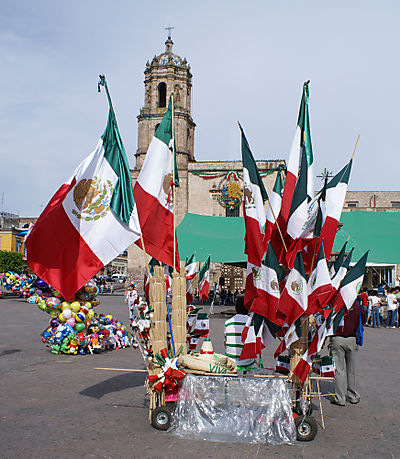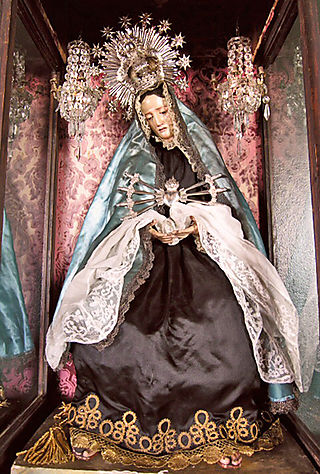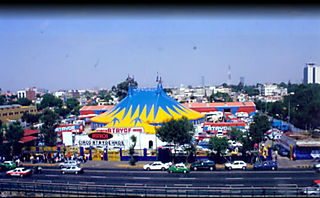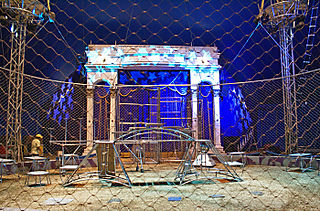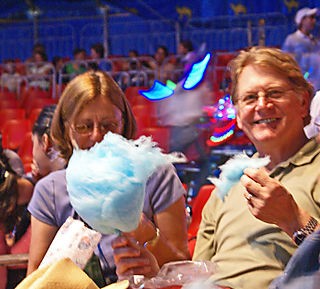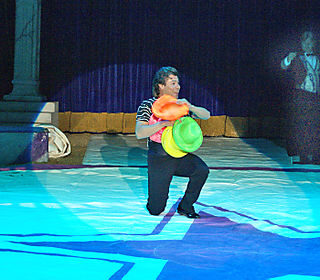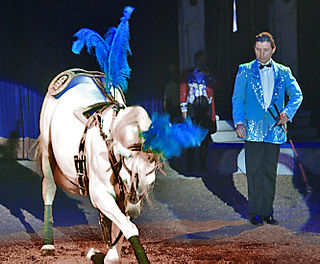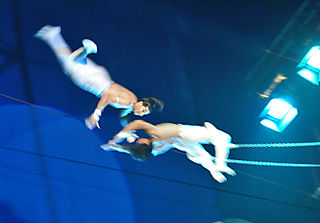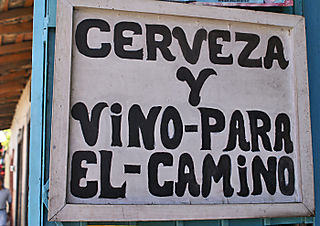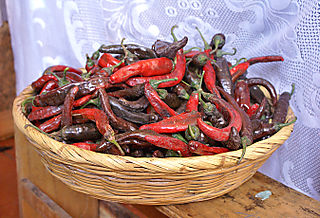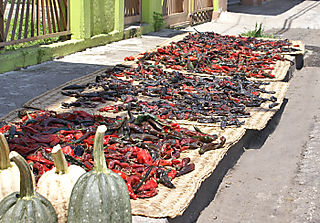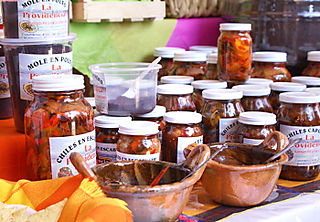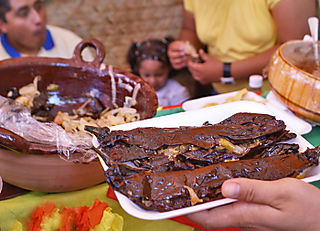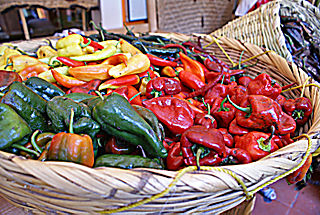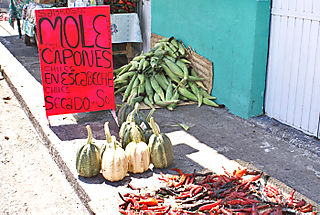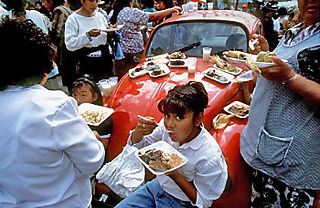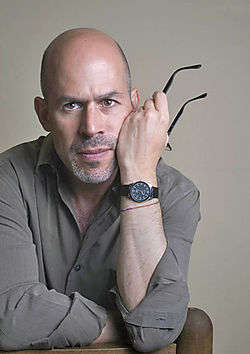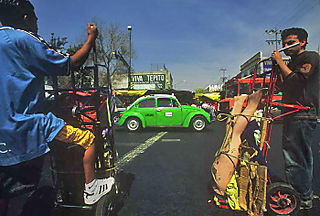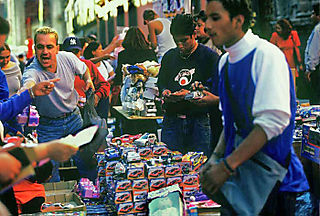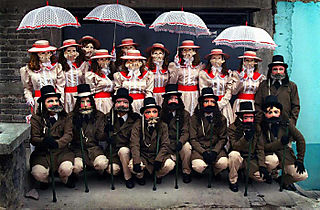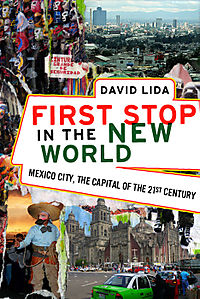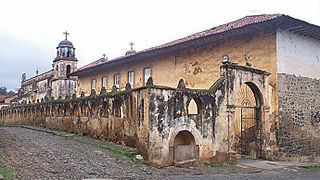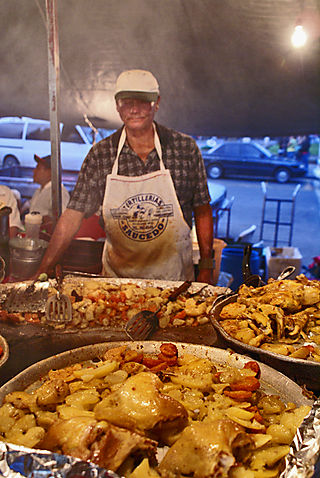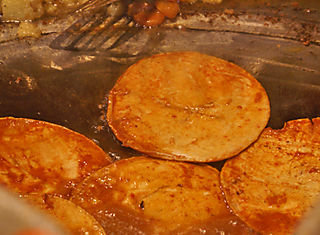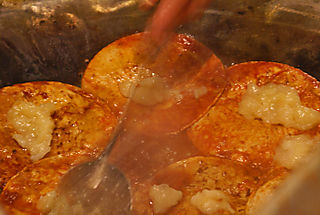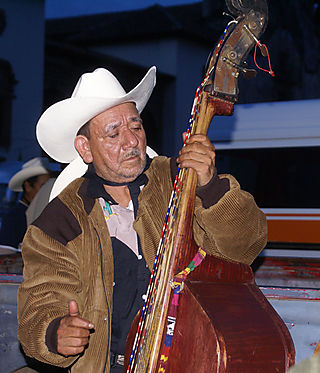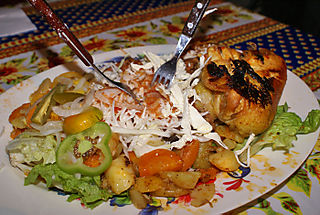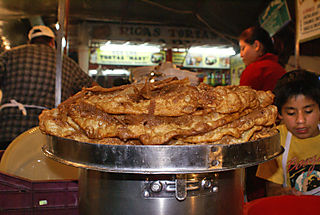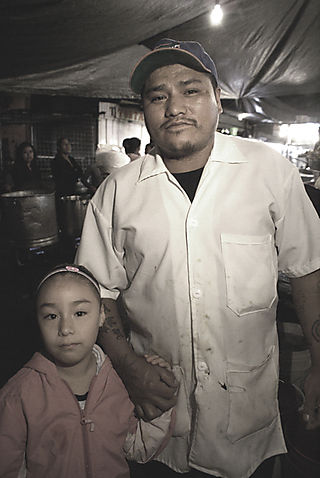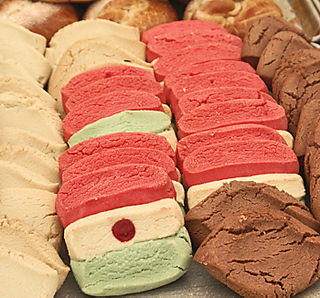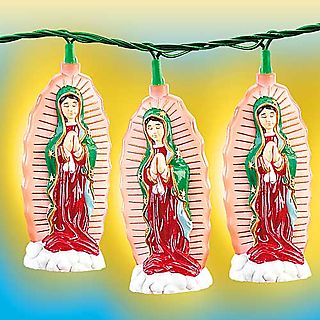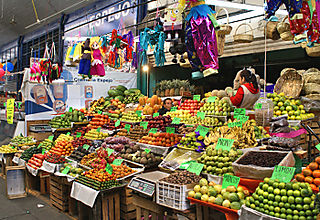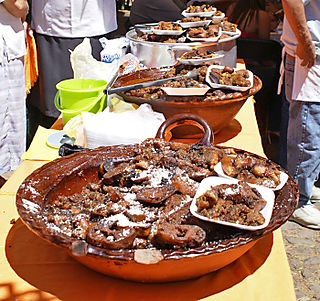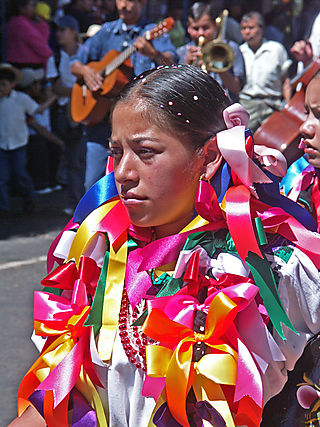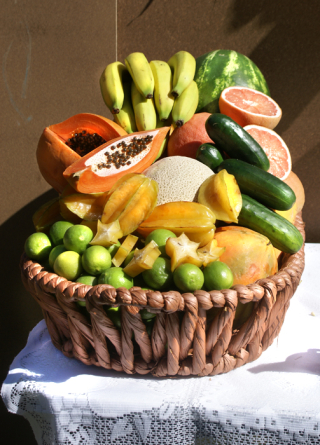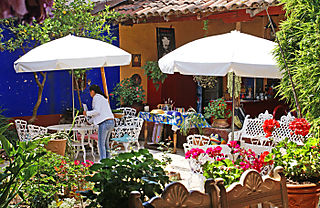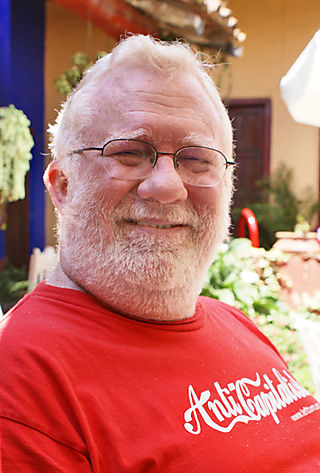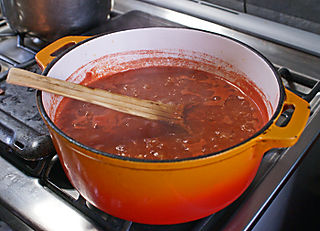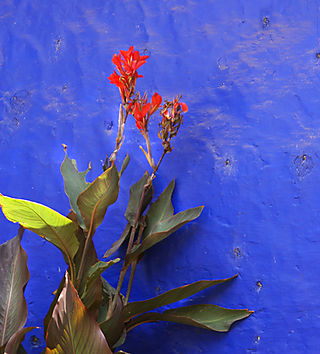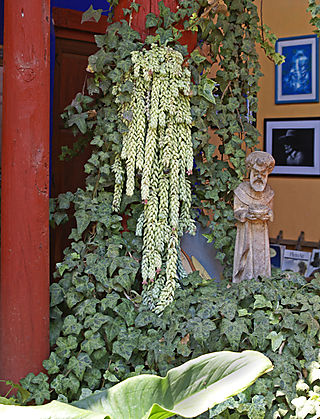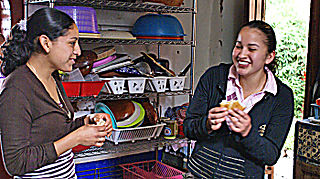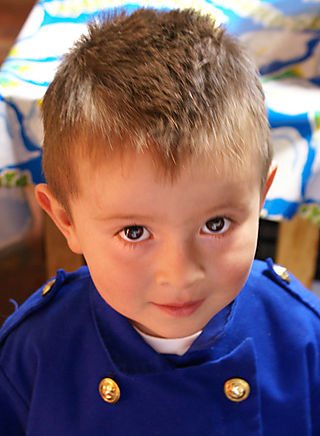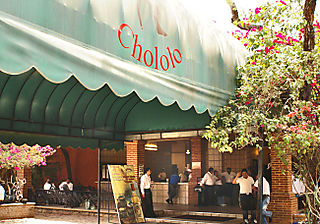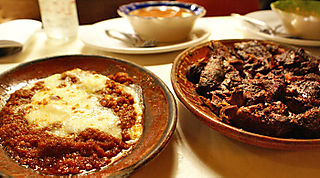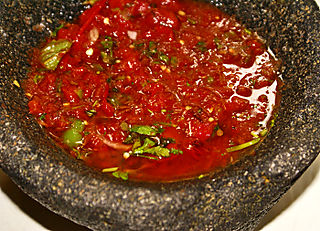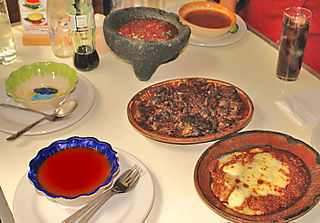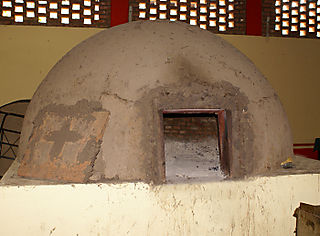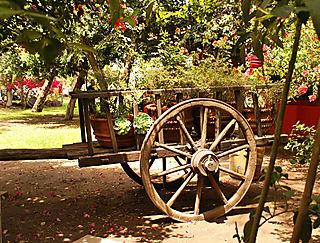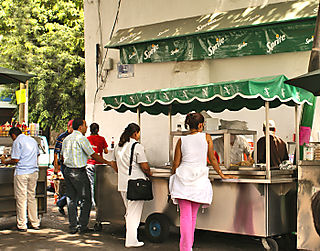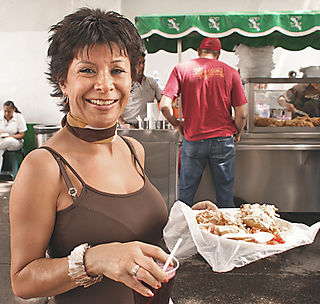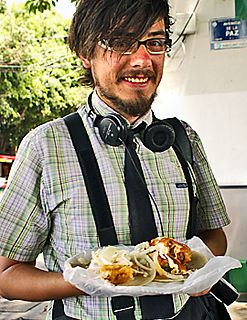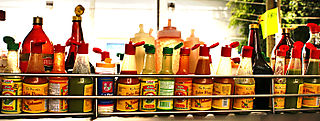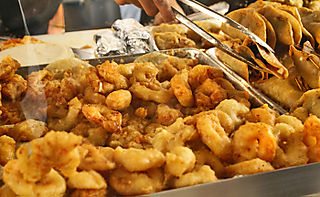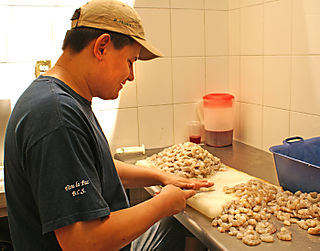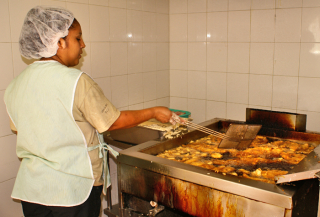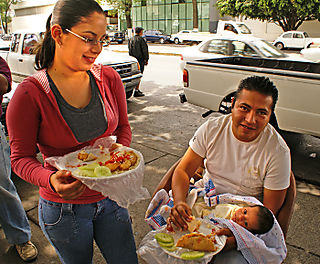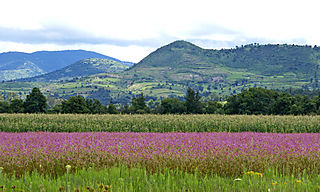
Along the winding road to the Feria del Hongo (Mushroom Fair) in Senguio, Michoacán. The pink flowers in the center foreground are mirasoles (wild cosmos); behind them is a good-size corn field, then trees, then the lush blue-green mountains of north-central Michoacán.
Senguio, Michoacán, a tiny town much closer to the border of the State of México than to the city of Morelia, recently hosted its eleventh annual Feria del Hongo (Mushroom Fair). More than 100 locally found varieties of edible mushrooms were on display, along with 15 poisonous varieties and a few that are used medicinally.
Biologist Oralia Díaz Barriga Vega informed Mexico Cooks! that residents of Senguio consume more than 40 varieties of local woodland mushrooms. "The mushrooms most frequently eaten are the patitas de pájaro, the orejas de puerco, and a few others. People here in Senguio have a good bit of knowledge about edible as well as poisonous mushrooms that grow in local woodlands. Medicinal mushrooms are also widely used here, for diseases that range from viral and bacterial infections to high blood pressure to muscular dystrophy, chronic fatigue syndrome, and many types of cancer."
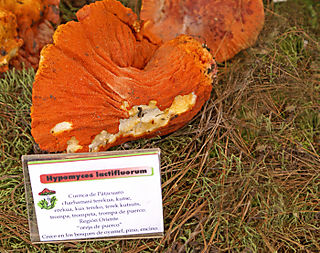
Hypomyces lactifluorum, known in English as lobster mushroom and in Spanish as oreja de puerco (pig's ear), is widely eaten in the mountains of Michoacán, particularly around Lake Pátzcuaro.
The level of cultivated, commercial mushroom production in Senguio has not been able to keep up with the demand for high-quality product demanded by international clients. Mushroom producers in Senguio harvest approximately two tons of mushrooms every month; that quantity satisfies only about five per cent of the demand from restaurant owners and other consumers. Juan González Ramirez, one of Senguio's top producers, says that within a short time, Senguio will produce a ton of mushrooms each week.
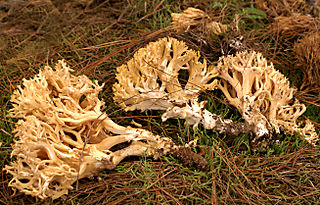
Patitas de pájaro (little bird's feet), occasionally known as manitas de santo (little saint's hands) is in season right now. It's found throughout the mountainous pine forests of Michoacán.
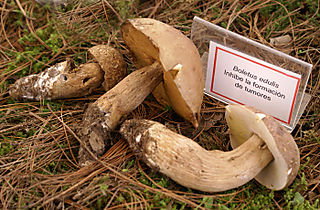
Pancita, or Boletus edulis, has until now only been used for medicinal purposes in Michoacán. Like most of the rest of these mushrooms, it grows wild in the pine forests here.
Boletus edulis, known in Mexico as the pancita mushroom, has traditionally been used medicinally. Because Mexican mushroom producers are unaccustomed to its use in cooking, its cultivation has not yet been prominent. In the year to come, mushroom growers in Senguio plan to produce a substantial quantity of what the world's kitchen knows as the porcini mushroom. "On the international market, this mushroom can bring as much as 800 pesos per kilo," mentioned one of the Senguio growers.

Pedos de burro–donkey farts–are better known (but much less picturesquely named in English) as the common woodland puffball. They're edible–and delicious–when picked while the flesh is white.
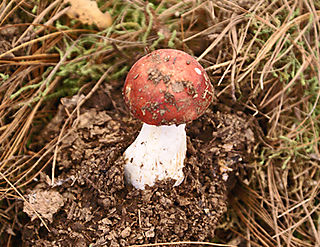
The beautiful russula emetica isn't edible; it provokes vomiting and diarrhea.
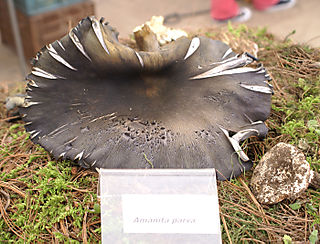
Although the festival organizers labeled this mushroom Amanita parva, the label appears to have been moved from another mushroom. This very large mushroom has been tentatively identified by another mycologist as Omphalotus sp.
Dr. R.E. Tulloss, a specialist in the genus Amanita, told me, "Amanita parva is a very small, white species ('parva' means 'little') that is known from sandy pine-oak forests between Long Island, NY (USA) and (probably) the Gulf Coast states of the US. I would not think that it would be a good choice as an edible. In fact, there is a possibility that it is poisonous. To my knowledge, A. parva has never been reported from Mexico."
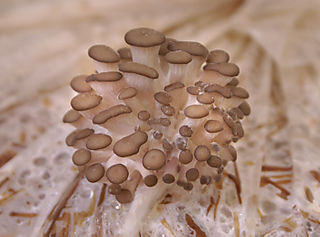
The seta is one of three mushroom varieties (setas, shiitake, and common white table mushrooms) grown commercially in Senguio.
Mexico Cooks! talked at length with Ezequiel Gómez López, who grows both setas and shiitake mushrooms. In the photo above, setas are growing in a plastic bag stuffed with sterilized hay. The bag is about 18" square. The setas in the picture sprouted the day before the photo and will mature in three days.

Lentinula Edodes, the shiitake mushroom originally cultivated in Japan and Korea, is heavily produced in Senguio.
Sr. Gómez explained that the shiitake mushroom grows on harvested oak branches about three to four feet tall and three to five inches in diameter. "Growing mushrooms on these branches is so much better than burning the branches as fire wood!" he said. "Each branch can produce shiitakes for seven years." The mushrooms grow from spores to maturity in only a week. Once the shiitakes are harvested the branch is allowed to rest for a period of time and then is re-inoculated with spores for another crop. Sr. Gómez showed off a picture of his shiitake farm. It's a long, narrow room with oak branches leaning against the walls, not at all what Mexico Cooks! ever thought of as a mushroom farm.
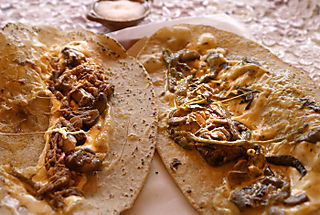
Mexico Cooks! ate quesadillas de hongos (mushroom quesadillas) at the Feria del Hongo. The filling on the left is chicken with mushrooms and cheese; the filling on the right is rajas de chile poblano (poblano chile strips) with mushrooms and cheese.
The food at Senguio's Feria del Hongo was substantially different from the food at most Mexican festivals. Some names were the same: quesadillas, pozole, ceviche, and tacos, but all of the dishes were prepared with mushrooms as the predominate ingredient. We also saw mushroom yoghurt and various mushroom ointments.
The Senguio Feria del Hongo is small in scale but filled with information and ideas. Mexico Cooks! had a marvelous time.
Looking for a tailored-to-your-interests specialized tour in Mexico? Click here:
http://mexicocooks.typepad.com/mexico_cooks/2008/05/rinconcitos-esc.html
